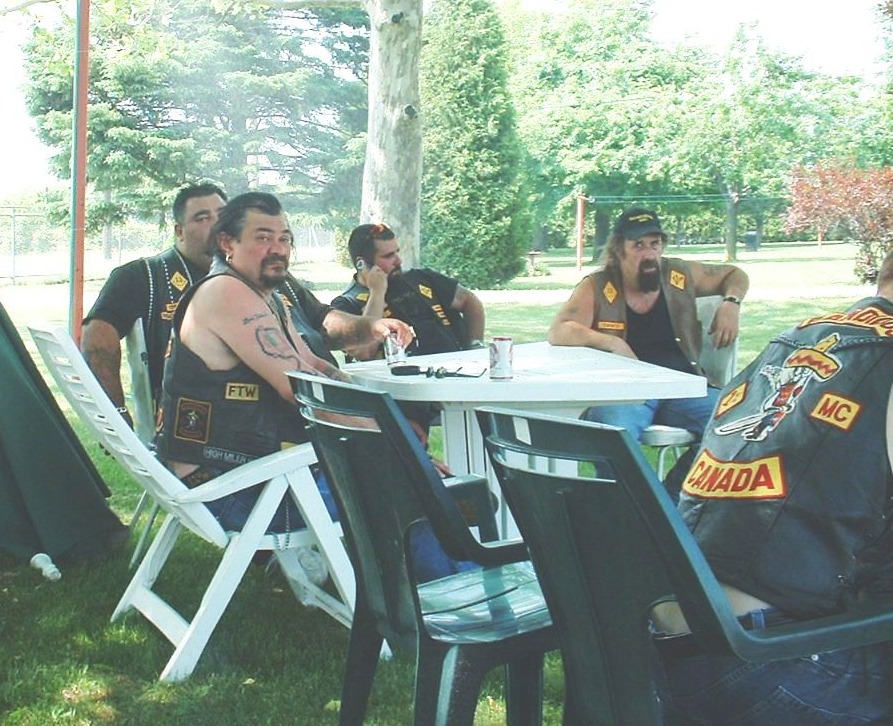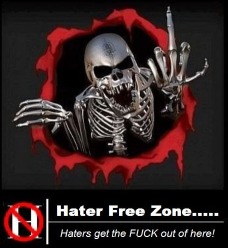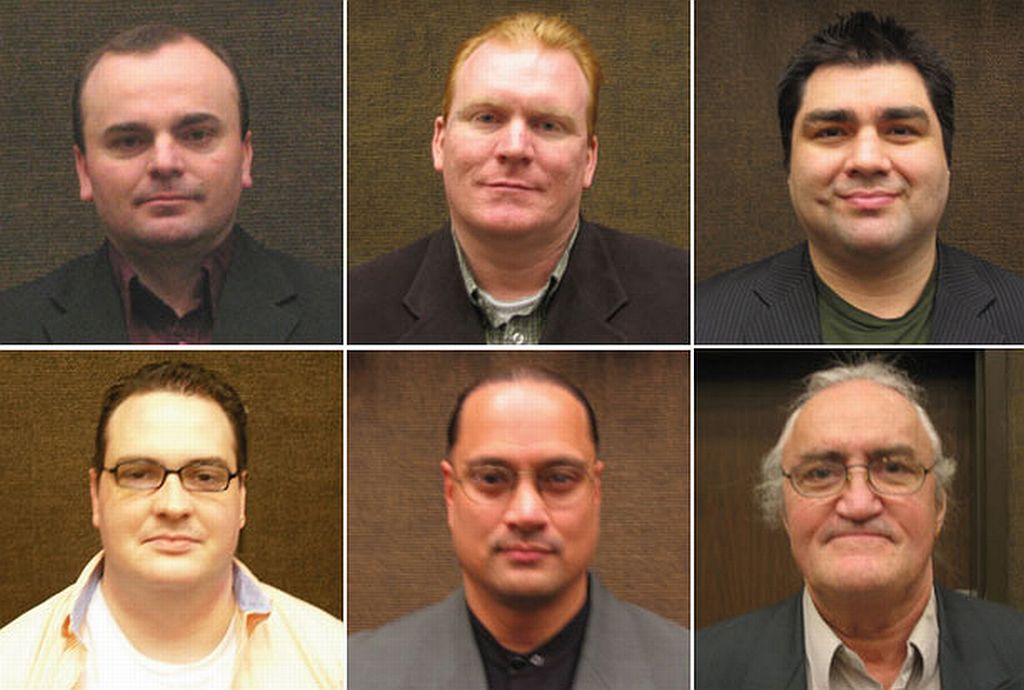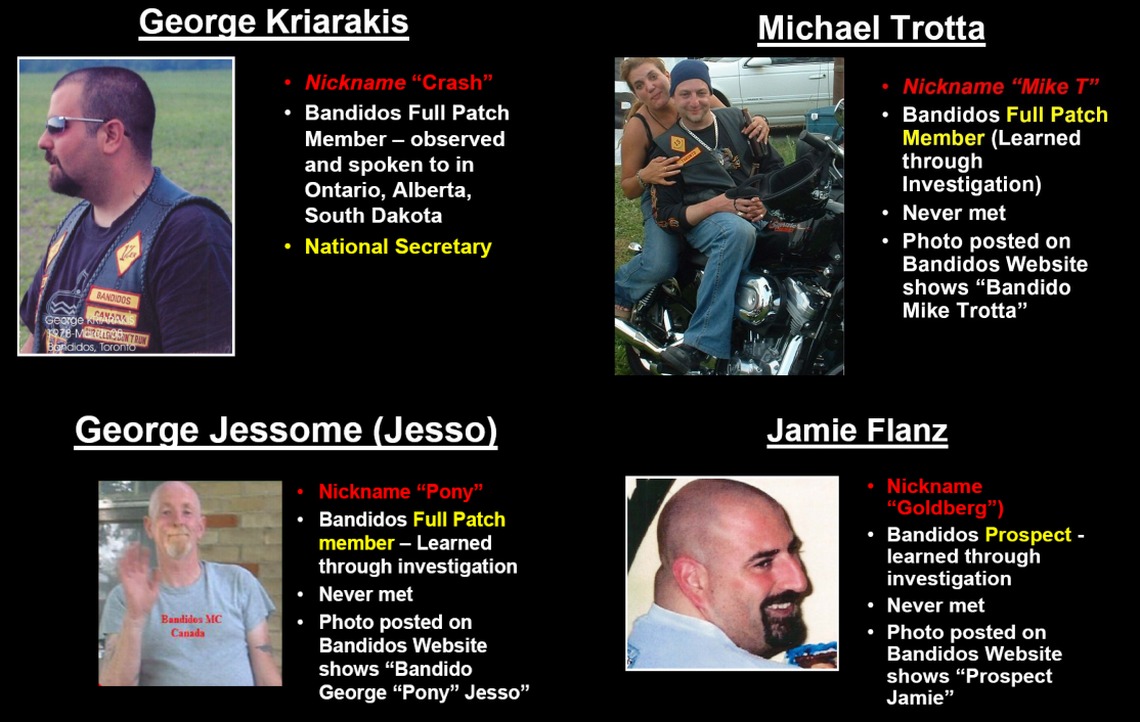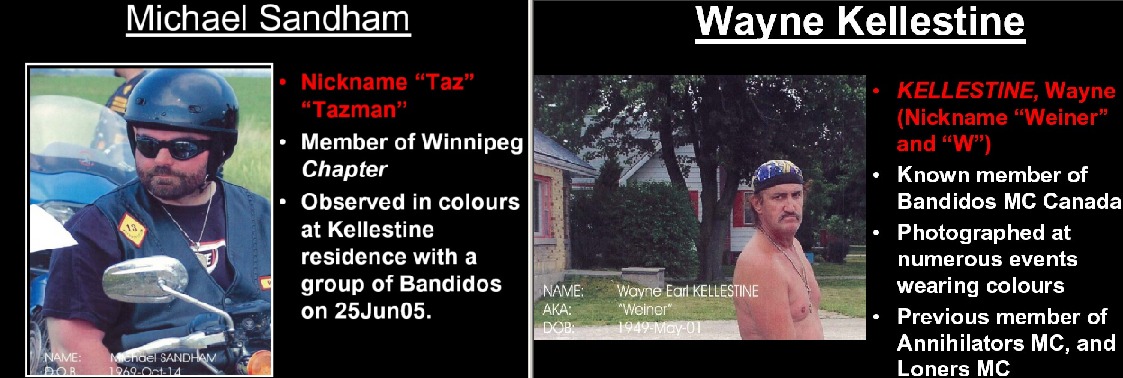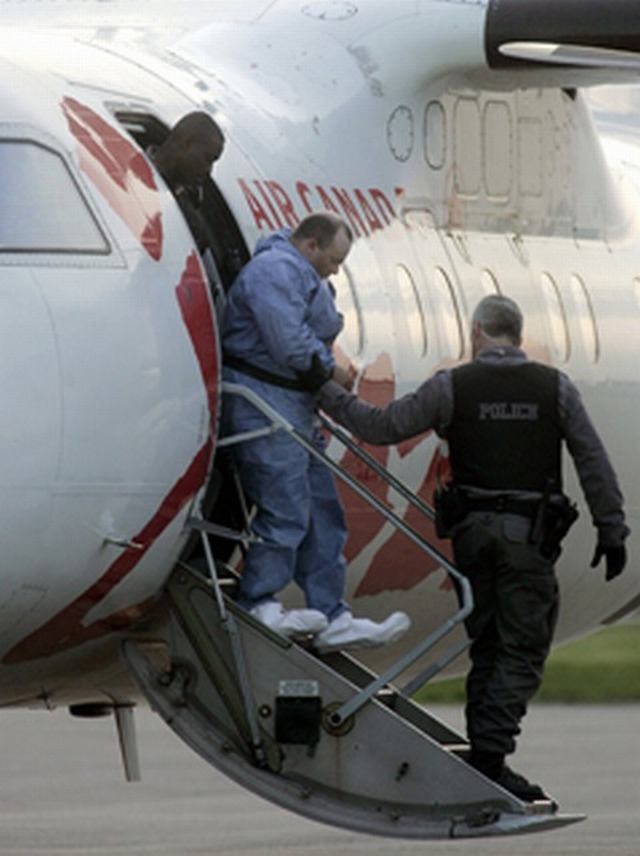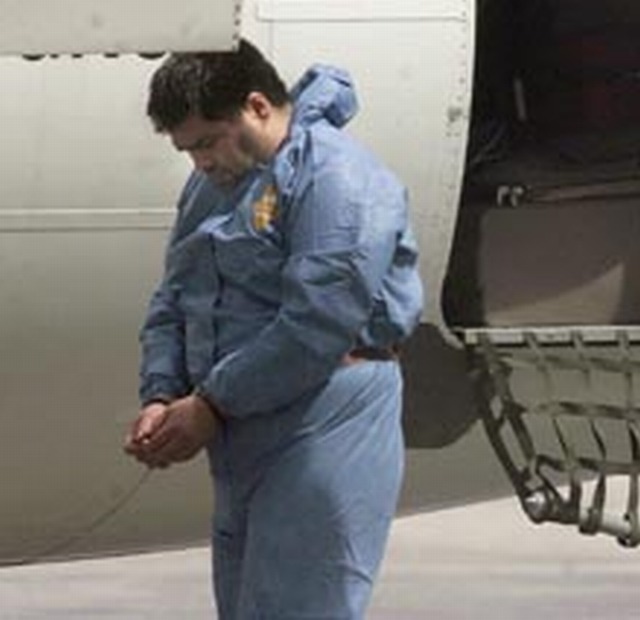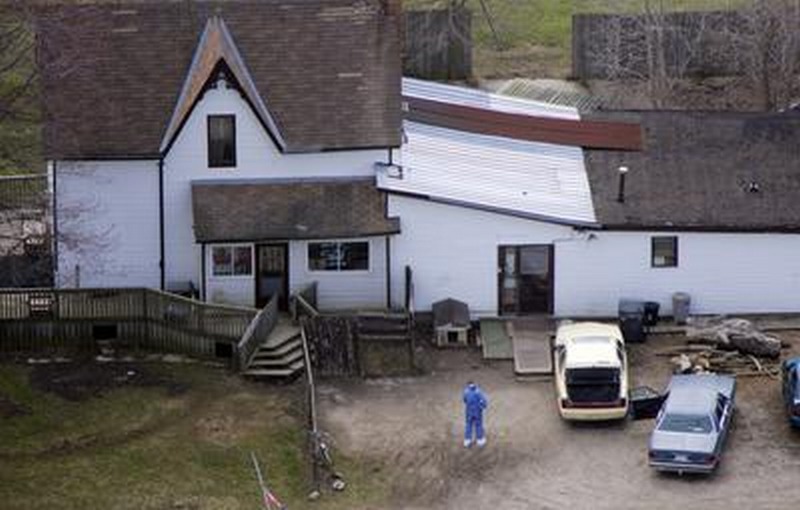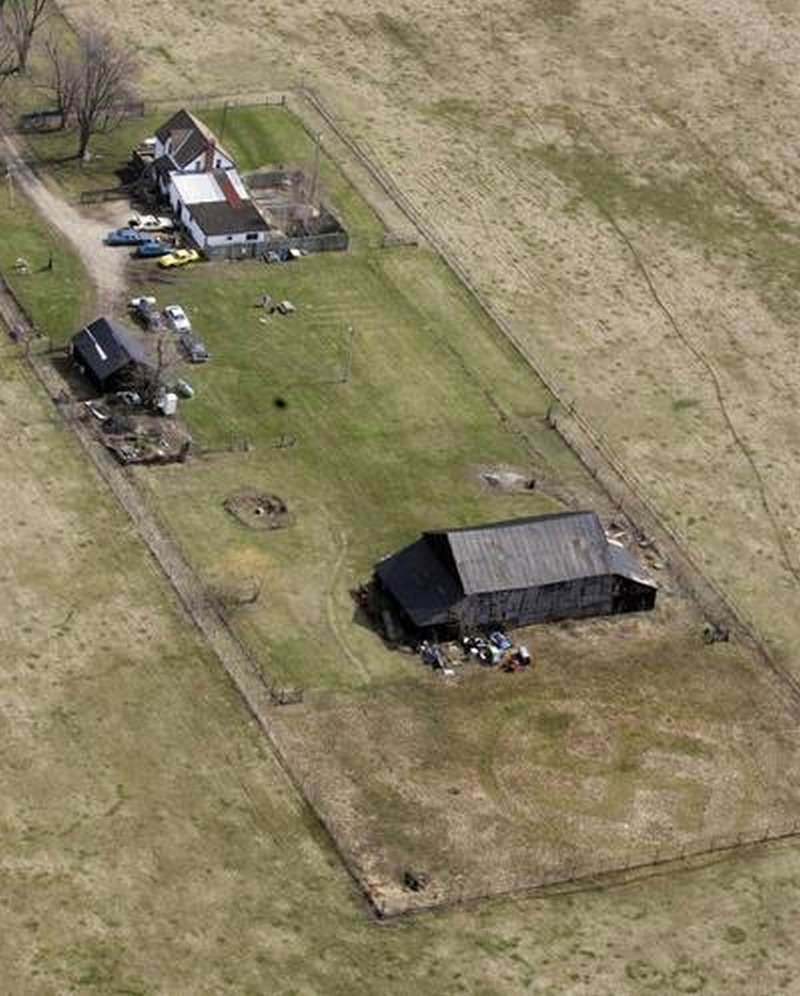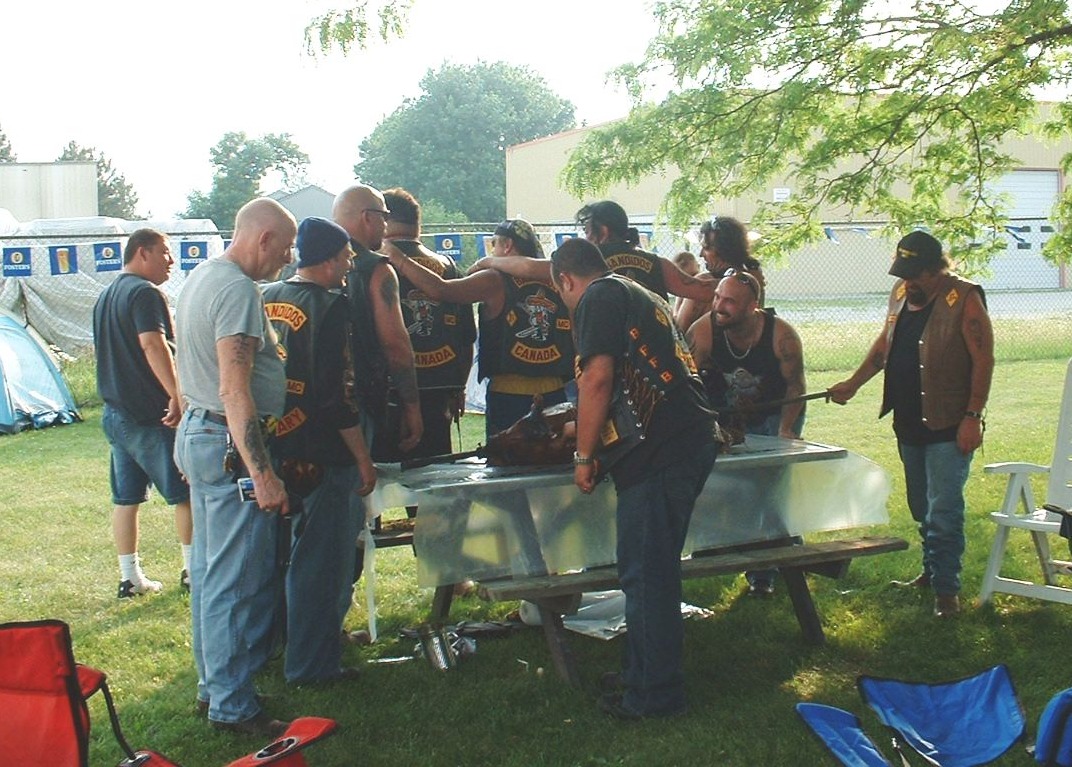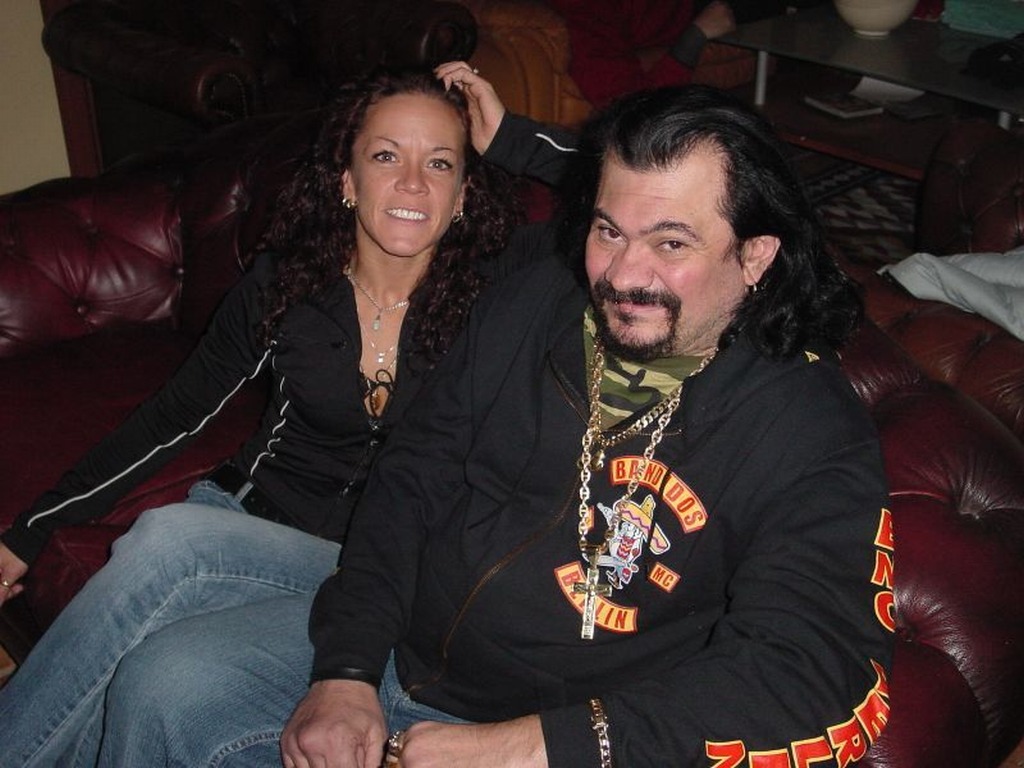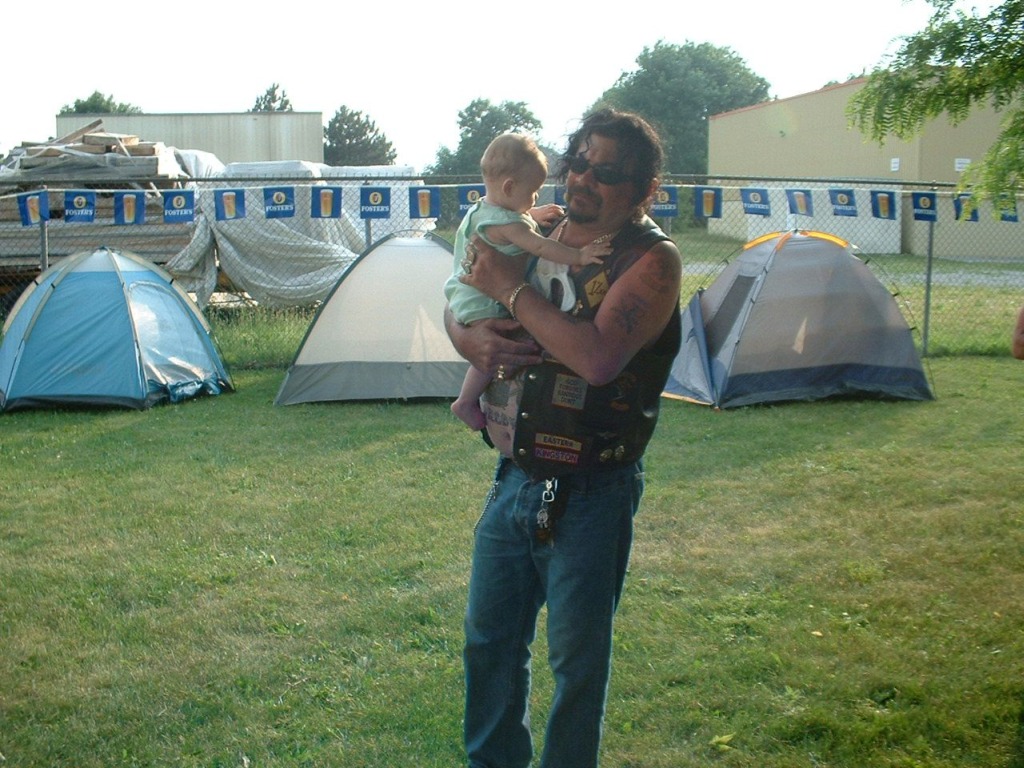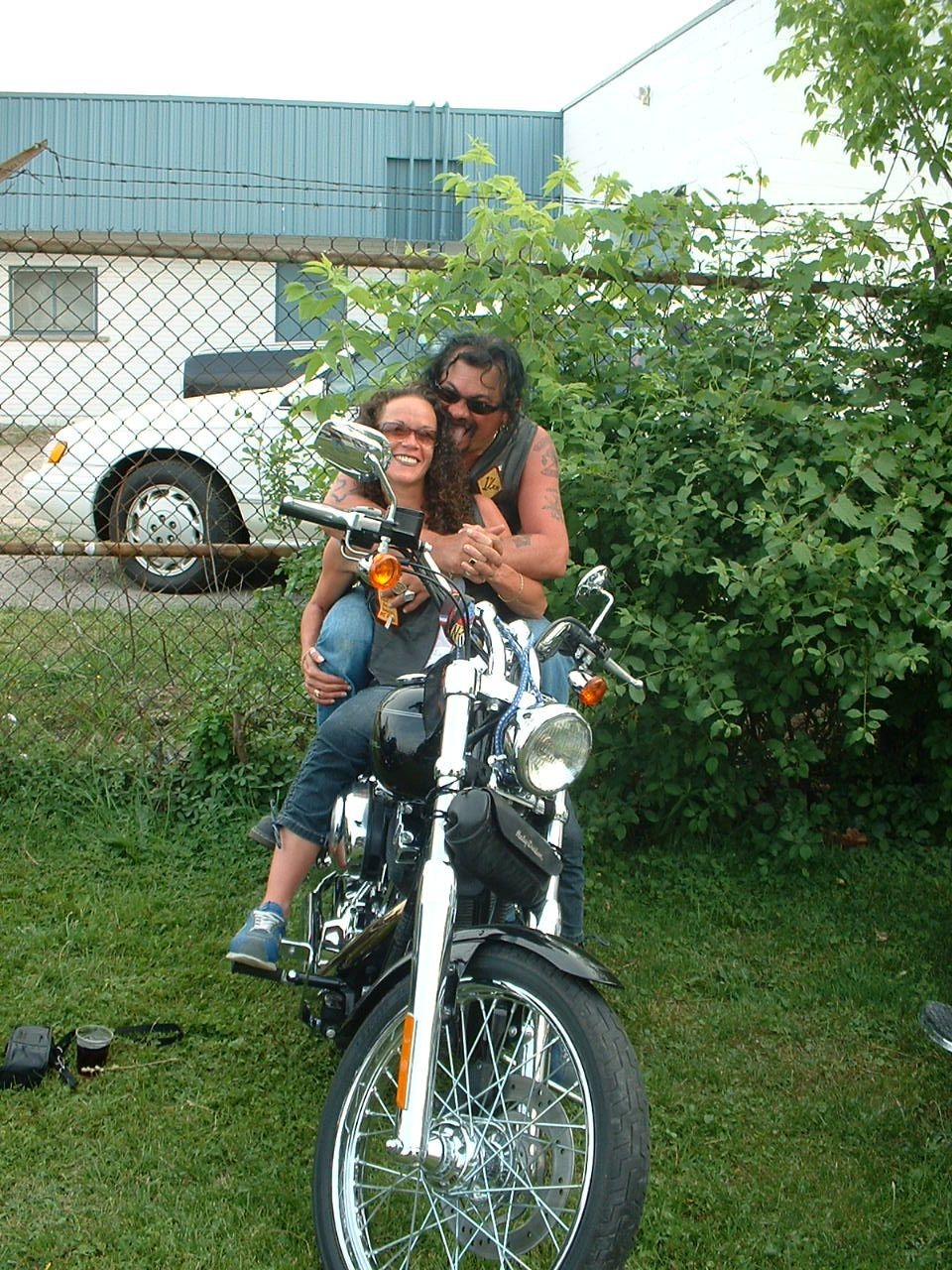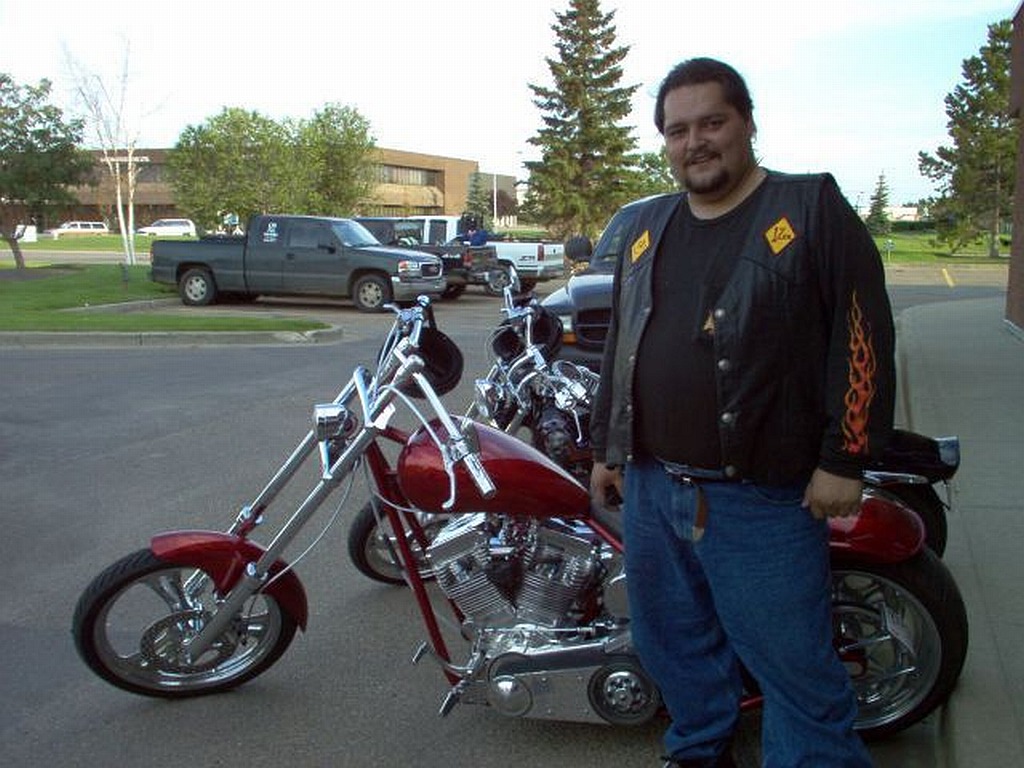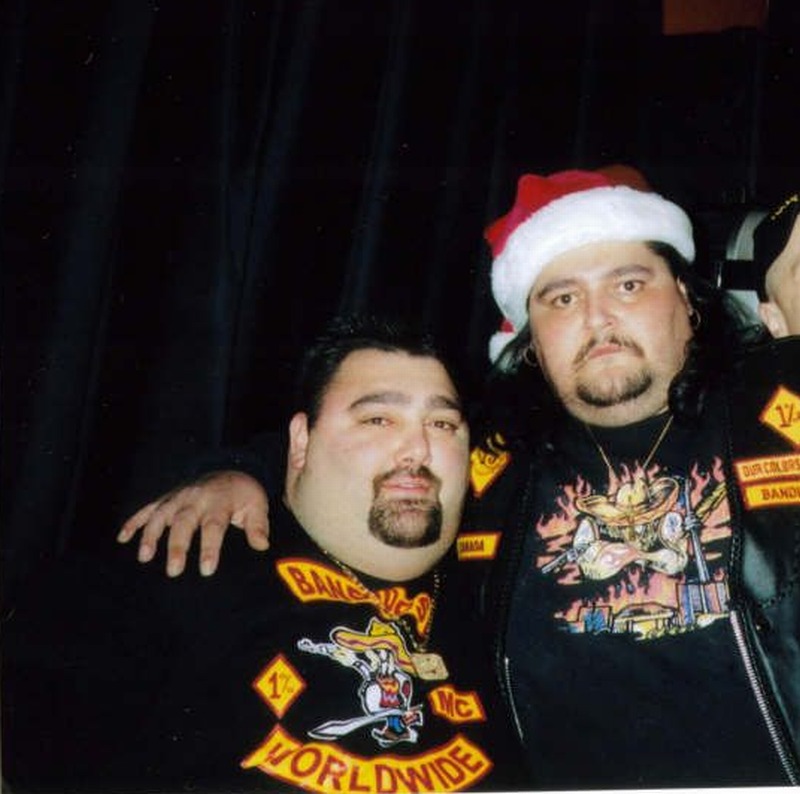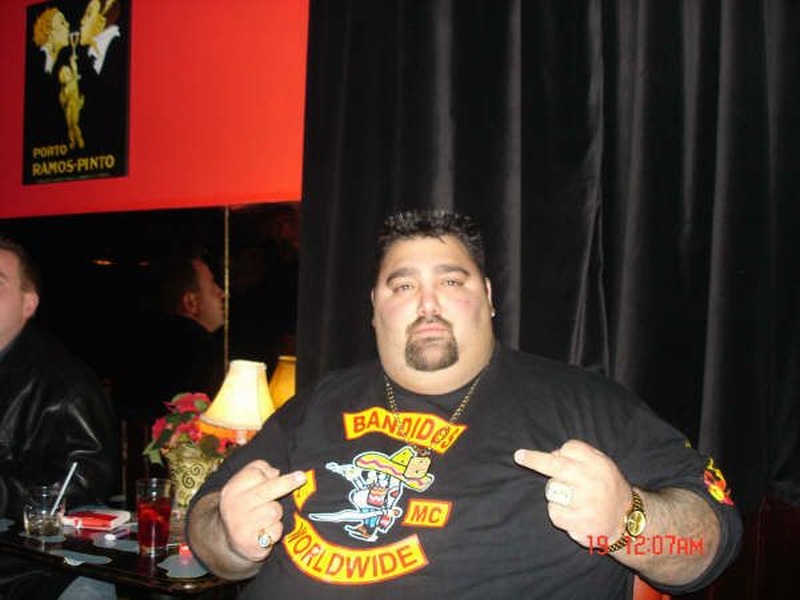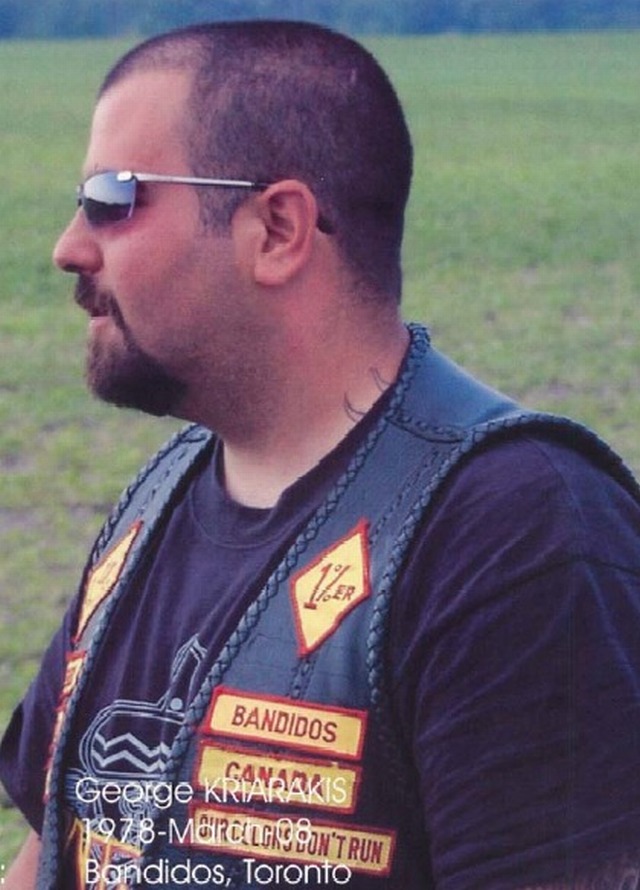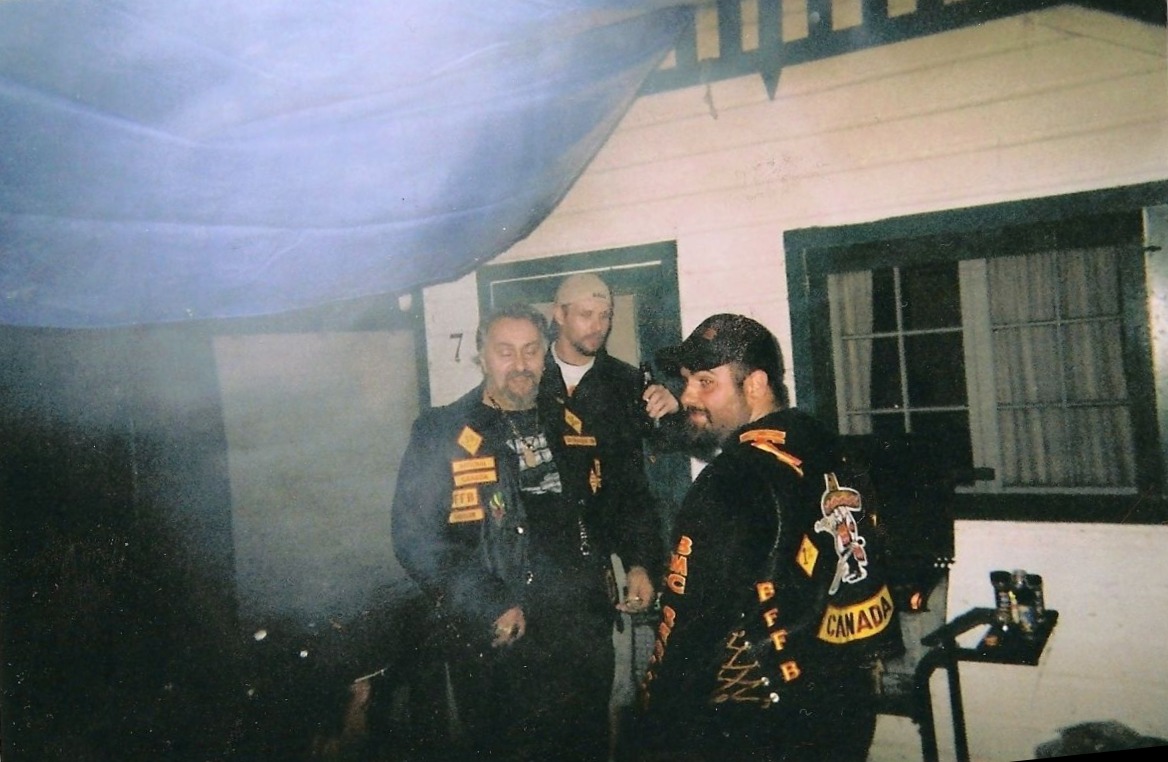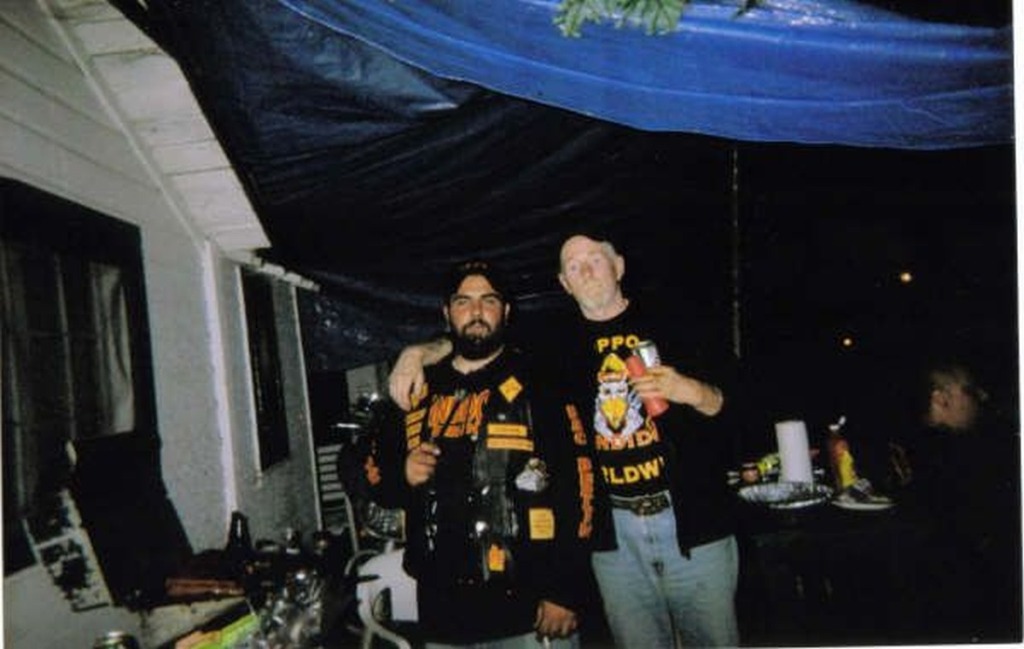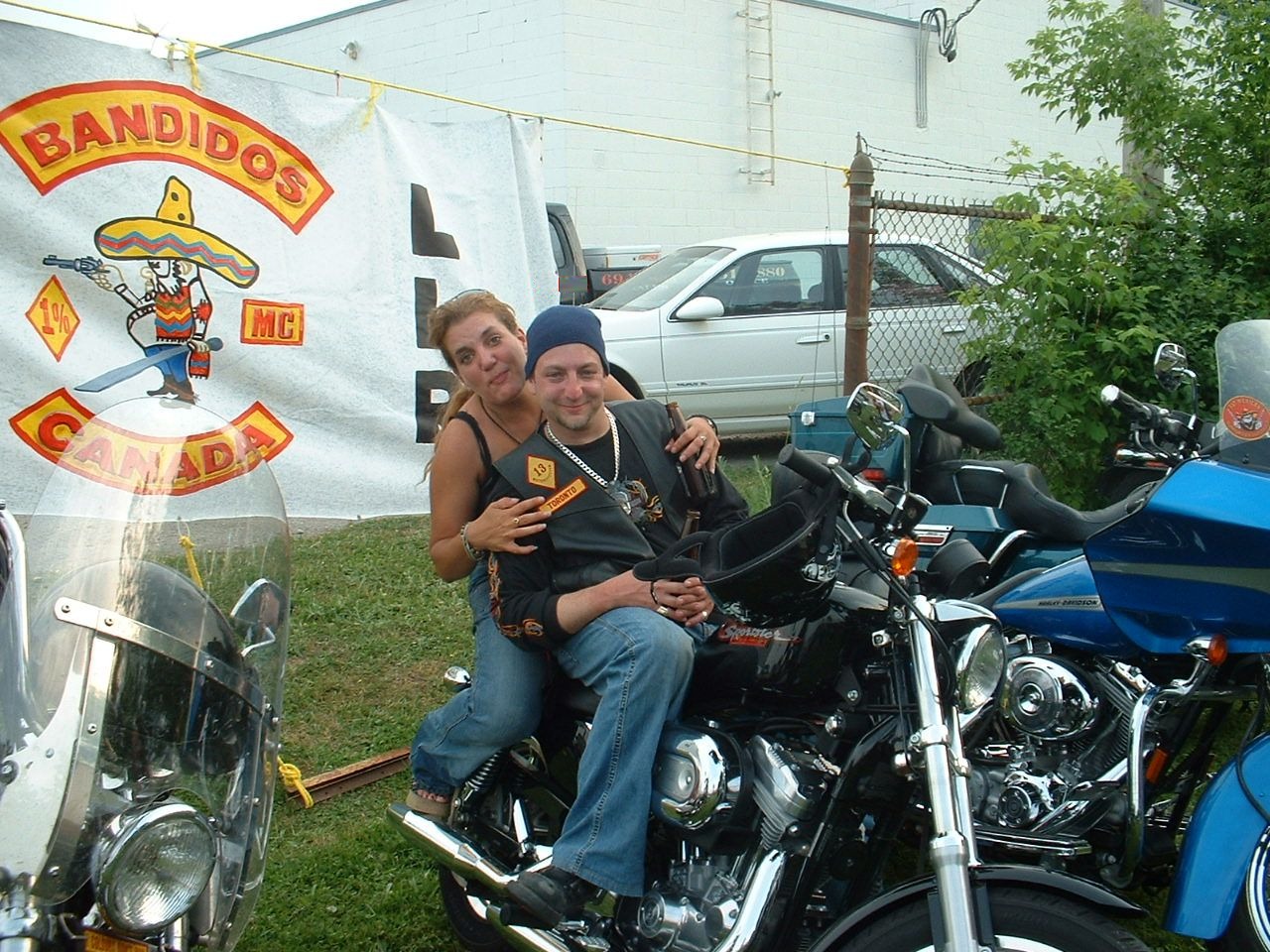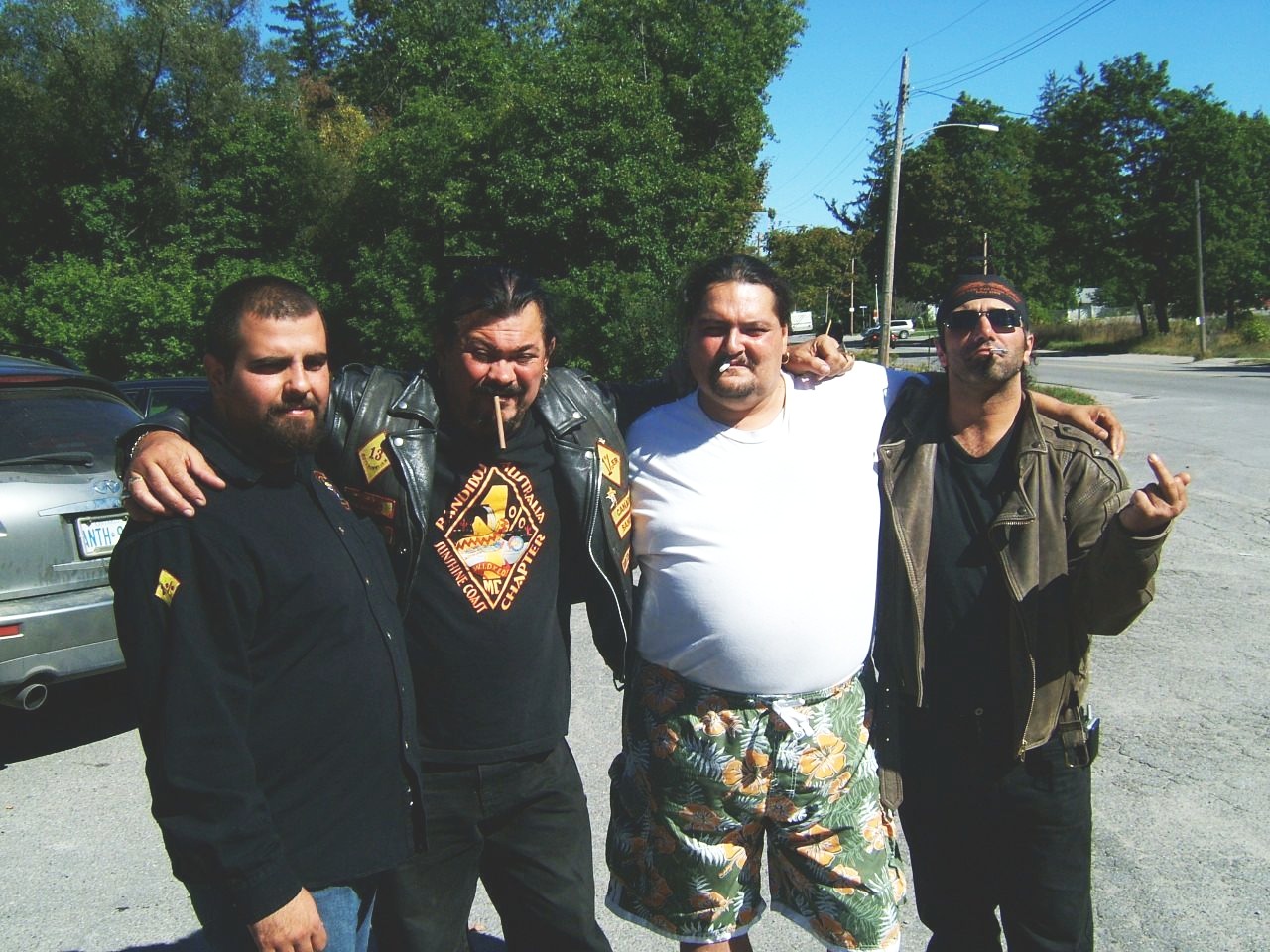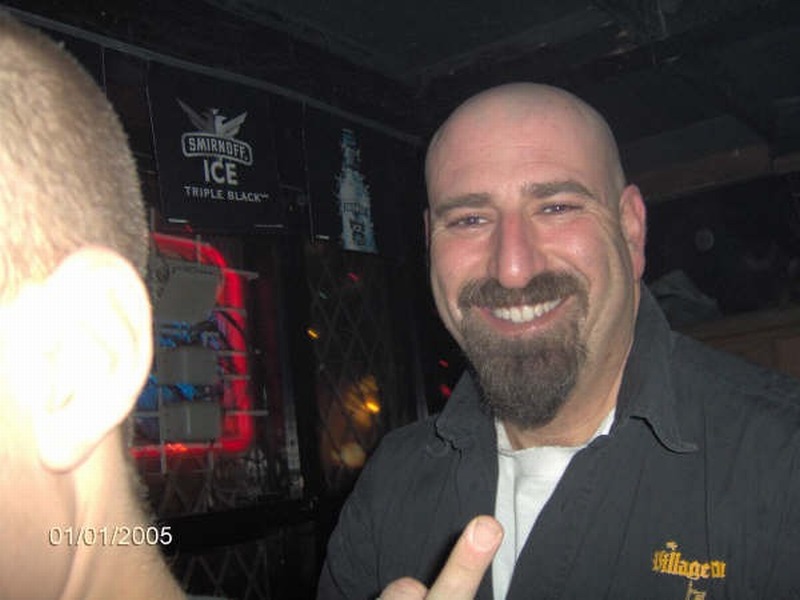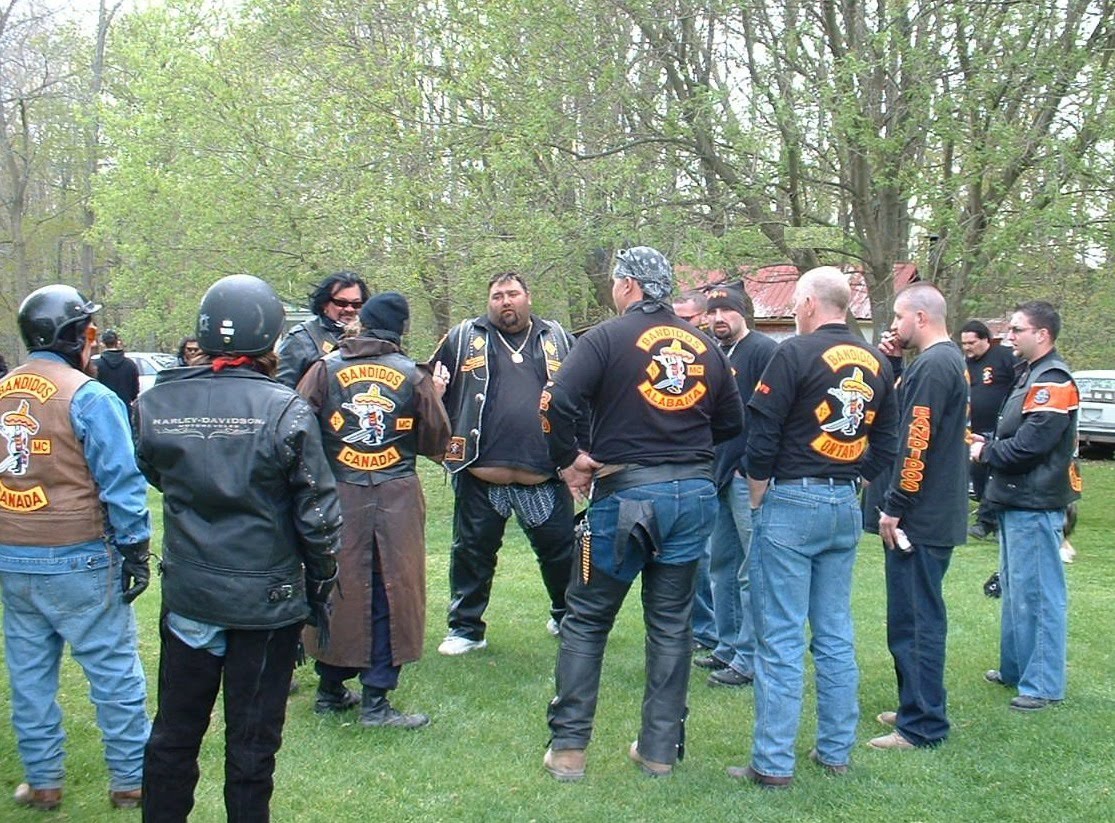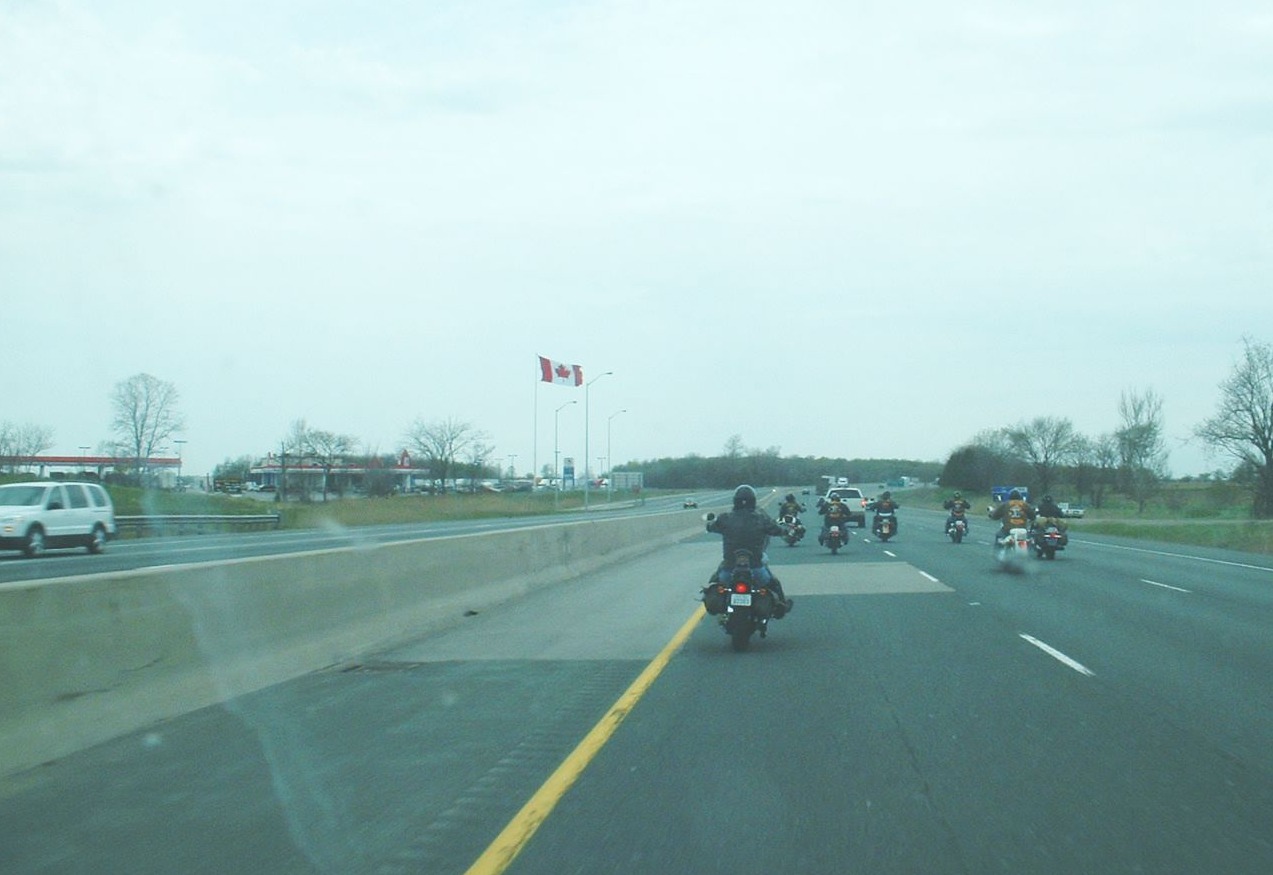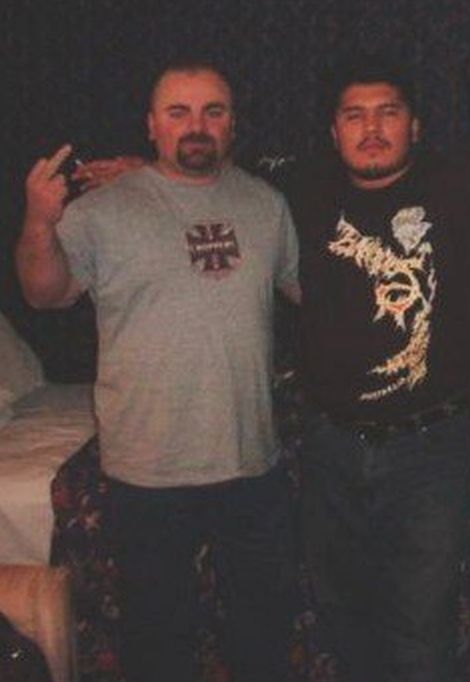Wednesday, August 29, 2007
The Bandidos began their move into Canada a decade ago, when they were wooed by members of the now-defunct Rock Machine gang, who were in the midst of a bloody war with the Hells Angels in Quebec over drug turf.
The Bandidos expanded into Ontario in the early 2000s, setting up their Toronto base in the basement of a Queen St. E. restaurant in south Riverdale.
They called themselves "The No Surrender Crew," a name they copied from a faction of fighters in the Irish Republican Army.
The King Township man who was shot dead outside a Richmond Hill fitness club Wednesday morning had dangerous enemies in biker gangs and the mob, sources say.
Jason (Jay) Pellicore, 34, of King Township, was also facing mortgage-fraud and weapons offences in Peel Region.

He had run afoul of a biker, who has since been drummed out of the Hells Angels for erratic behavior, after the biker accused him of taking his girlfriend. Pellicore’s contacts included York Region mobsters, sources say.
Pellicore had also talked about reviving the Bandidos biker gang north of Toronto, according to sources close to the York Region underworld.
In this week’s shooting, York Regional Police were called to 354 Newkirk Rd., south of Major Mackenzie Dr., after the sound of gunshots were heard.
Pellicore had no vital signs when his body was found by police and Emergency Medical Services personnel.
Sources say tensions are high between the local Hells Angels and Bandidos Motorcycle Clubs, especially since the shooting of three Hells Angels at a Vaughan strip club last December.
In that incident, David (Dred) Buchanan, 32, the sergeant-at-arms for the Hells Angels' west Toronto chapter was shot to death around 1 a.m. on Dec. 9 at the Club Pro, formerly the Pro Cafe, near Highway 7 and Jane St.
Security camera photos released by police show a suspect on a motorcycle or scooter.
Francisco (Frank, Cisco) Lenti, 59, faces second-degree murder charges for the shooting. His trial begins Sept. 7 in Woodbridge, and local Hells Angels may be called to testify about tensions between the clubs.
Lenti had been a member of the Bandidos, quit the club, and then tried to revive it after the murder of eight Bandidos in April 2006 outside London, Ont., in what police called “an internal cleansing” of the gang.
Two Hells Angels from the club’s Oshawa chapter face charges of attempting to murder Lenti, and police warned him last fall that his life was in danger.
Buchanan was the first Ontario Hells Angel member slain since the club moved into Ontario six years ago.
Carlos Virrilli, 28, a prospect in the west Toronto Hells Angels, and Dana Carnegie, 33, a full member of the same chapter, and former semi-professional hockey player with the Flint Generals, were both treated in hospital and released after the shooting.
Police are asking the public for help in identifying a suspect who was seen in the area at the time of this week’s homicide.
The suspect wore dark-colored clothing and rode a scooter or small motorcycle. His face was covered by a full face cover, mounted on a grey or light-colored helmet.
Jason (Jay) Pellicore, 34, One of the last Bandidos members on the GTA streets, was shot gangland-style outside Richmond Hill fitness club in August.
Pellicore was a former probationary member of the West Toronto Hells Angels, who quit the club after becoming irate about having to do menial chores at biker functions.
In the summer of 2006, he received a serious beating from West Toronto Hells Angels, the biker said.
Pellicore went to York Regional police two weeks before his murder to say he felt his life was in danger, the Star has learned.
He was about to stand trial in a mortgage fraud scheme. He had also run afoul of York Region mobsters by collecting mob debts without permission of local mobsters, the biker said.
Sometimes, Pellicore would pocket some of the money for himself and other times he would keep it all, the biker said.
Other times, people approached by Pellicore would contact police, which "burned" the mobsters, since it was then considered too risky to collect the money.
His murder remains unsolved.

They were originally calling this person a 'person of interest', but he now appears to be more than that. And the vehicle he was driving wasn't your usual van or automobile. He was operating a moped or a motorbike. Police also don't have a motive and no other information has been released about the victim, Jason Pellicore.
Police are hoping video surveillance will allow them to hone in on the man. But they're not hopeful it will show his face. He was apparently wearing a helmet with a full cover down over his visage.
UPDATE: People interviewed at the Fitness Club indicated that he used to talk about the Bandido bike gang although he was not a member of the club but a "friend." If this is true it might explain the "hit".
FURTHER UPDATE: The Star suggests through "underworld" sources that Pellicore had gotten jnto the bad books of a former Hells Angels who had accused him of taking his girlfriend. Pellicore had also talked about reviving the Bandidos biker gang north of Toronto. Pellicore was also facing mortgage-fraud and weapons offenses in Peel Region. Not such a nice guy as earlier reported.

